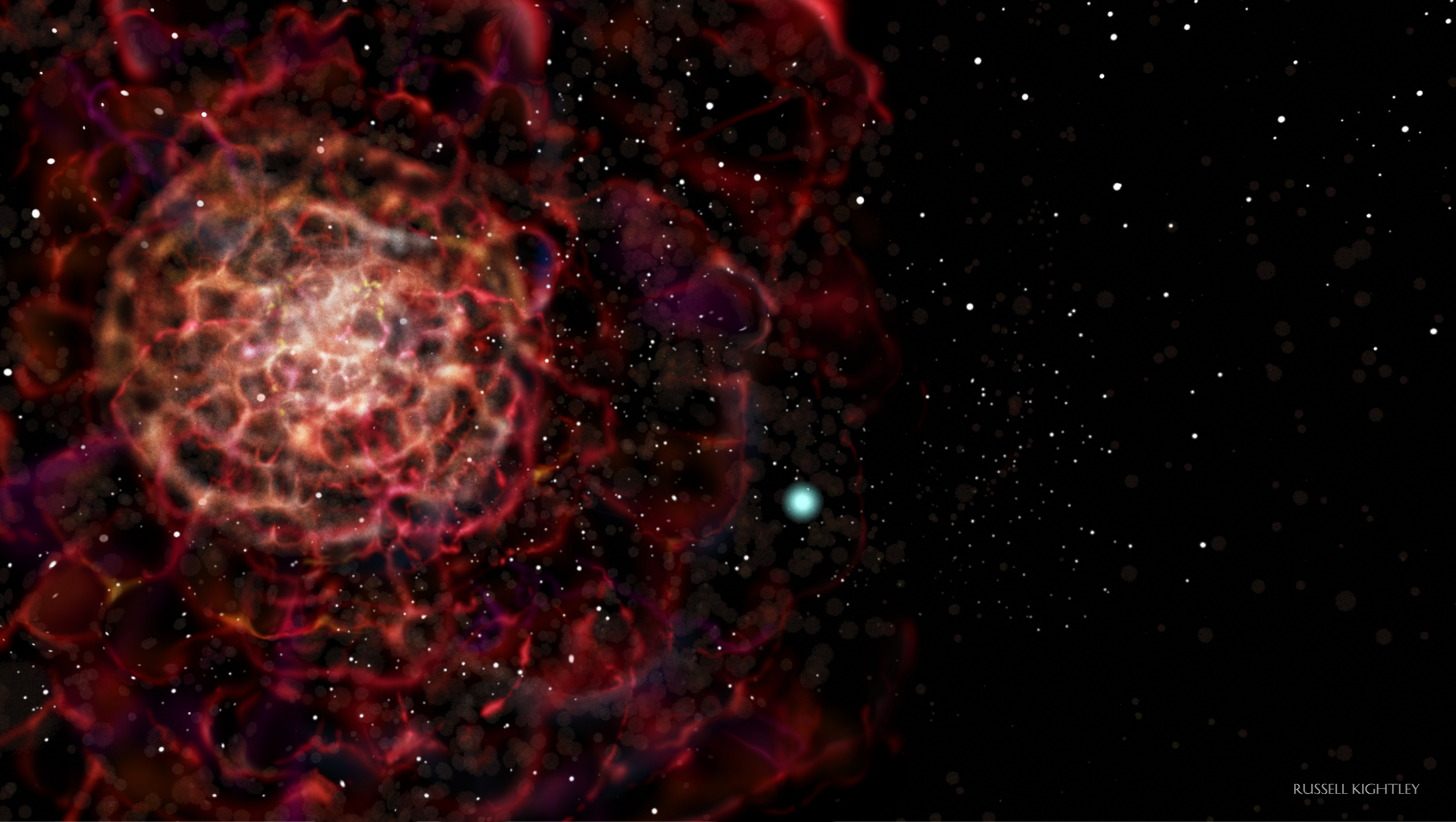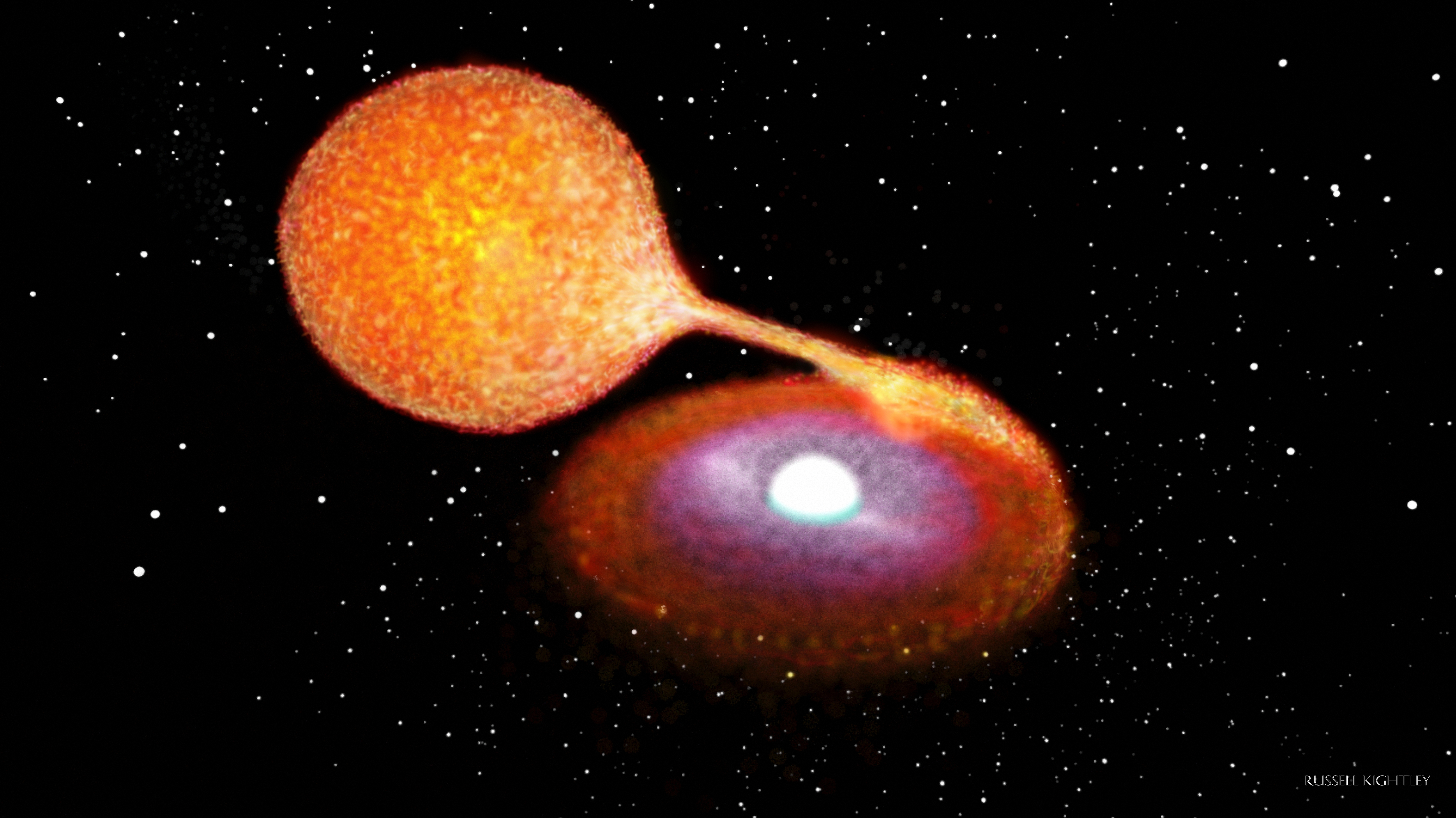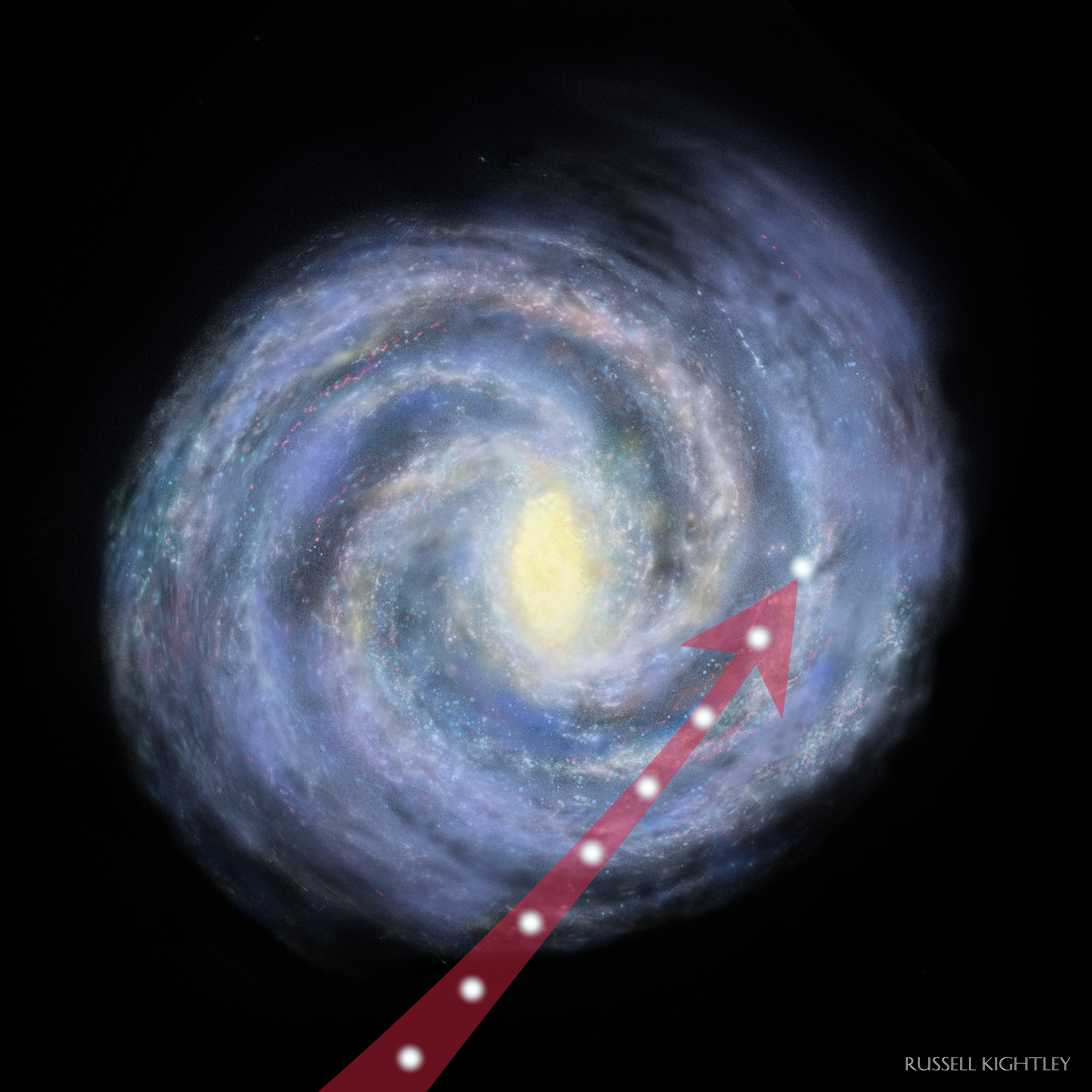Bizarre Dead Star May Be a Remnant of a Mini Stellar Explosion

A strange dead star may be a remnant of what was essentially a miniature supernova, a new study finds.
The properties of this bizarre star may help shed light on how the unusual supernova that created it formed, the study's researchers said.
The scientists investigated white dwarfs, which are superdense, Earth-size cores of dead stars that are left behind after stars have exhausted their fuel and shed their outer layers. [How to Tell Star Types Apart (Infographic)]

"These objects are very faint — much fainter than ordinary stars — but they are numerous in our own corner of the Milky Way," said study lead author Stephane Vennes, an astrophysicist at the Astronomical Institute of the Czech Academy of Sciences in Ondrejov, Czech Republic.
Most sunlike stars will become white dwarfs one day. Indeed, "our own sun will finish its own life as an unremarkable white dwarf," Vennes told Space.com.
Vennes and his colleagues focused on an unusual white dwarf named LP 40-365, which is located about 1,000 light-years from Earth. This object's mass is about 14 percent of the sun's mass, and its diameter is about 8 percent of the sun's. Unusually, it was zipping through space at about 1.23 million mph (1.98 million km/h).
"It was immediately clear that this was no ordinary star," Vennes said. "Its velocity is so high that it is on its way to leave permanently the Milky Way."
Get the Space.com Newsletter
Breaking space news, the latest updates on rocket launches, skywatching events and more!
To learn more about the white dwarf, the researchers examined it over the course of two years using the Kitt Peak National Observatory in Arizona, the William Herschel Telescope in Spain's Canary Islands, the Hiltner Telescope in Arizona and the Gemini North Telescope in Hawaii.

Vennes' group discovered that not only the speed, but also the composition, of this white dwarf was strange. Unlike many white dwarfs, LP 40-365's atmosphere lacks any trace of hydrogen and helium, the two most common elements in the universe. Instead, its visible atmosphere is composed almost exclusively of oxygen and neon gas, sprinkled with traces of sodium and magnesium.
"The unusual white dwarf LP 40-365 is unlike any other white dwarf," Vennes said.
Now, Vennes and his colleagues suggest that the origin of this bizarre white dwarf might lie in what is essentially a miniature version of a supernova.
Supernovas are the most powerful stellar explosions known to scientists; they're visible all the way to the edge of the universe. The first of the two main flavors, Type Ia supernovas, occur after a white dwarf is completely destroyed after siphoning too much fuel from a companion star. In contrast, Type II supernovas happen after the core of a star about 10 to 100 times as massive as the sun runs out of fuel and collapses into an extraordinarily dense lump in a fraction of a second, blasting luminous radiation outward.
About 15 years ago, scientists began noticing that a few supernovas appeared to be similar to regular Type Ia supernovas, but were distinctly fainter. Some of these so-called Type Iax supernovas glowed with only 1 percent of the peak luminosity of Type Ia supernovas.
Previous research suggested that Type Iax outbursts might happen when a white dwarf accumulates fuel from a donor star but the core of the white dwarf fails to completely burn during the supernova. As a result, a giant piece of shrapnel gets kicked into space — "a hypervelocity star," Vennes said.
The researchers said LP 40-365 was exactly what one might expect as the leftovers from a Type Iax supernova. Based on the white dwarf's size and current temperature, they estimated that the explosion happened between 5 million and 50 million years ago. Based on its speed and trajectory, it likely made its closest approach to the sun about 500,000 years ago, coming within about 300 light-years from Earth, the researchers said.
The new findings may shed light on why a Type Iax supernova occurs, according to Vennes. The atmospheric composition of LP 40-365 favors a model where the white dwarf behind such an explosion has a mantle layer rich in oxygen and neon that influences the way the dead star burned, resulting in a delayed detonation that "leaves a minute amount of core material unburnt," Vennes said.
The scientists expect that more high-speed remnants of Type Iax supernovas will be found in the future. "We believe this object is only the first among many that remain to be discovered," Vennes said. "The European Space Agency mission Gaia should deliver a large number of such candidates."
The scientists detailed their findings in the Aug. 18 issue of the journal Science.
Follow Charles Q. Choi on Twitter @cqchoi. Follow us @Spacedotcom, Facebook and Google+. Original article on Space.com.
Join our Space Forums to keep talking space on the latest missions, night sky and more! And if you have a news tip, correction or comment, let us know at: community@space.com.

Charles Q. Choi is a contributing writer for Space.com and Live Science. He covers all things human origins and astronomy as well as physics, animals and general science topics. Charles has a Master of Arts degree from the University of Missouri-Columbia, School of Journalism and a Bachelor of Arts degree from the University of South Florida. Charles has visited every continent on Earth, drinking rancid yak butter tea in Lhasa, snorkeling with sea lions in the Galapagos and even climbing an iceberg in Antarctica. Visit him at http://www.sciwriter.us









